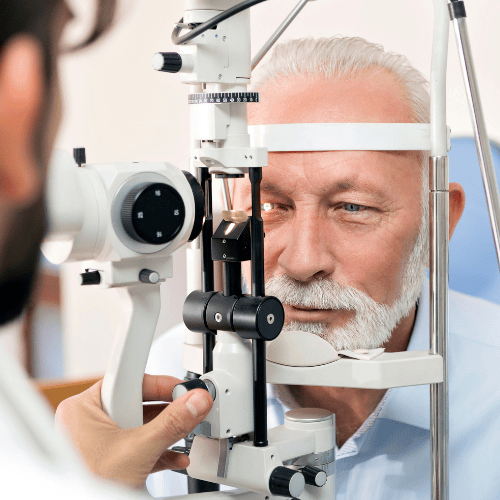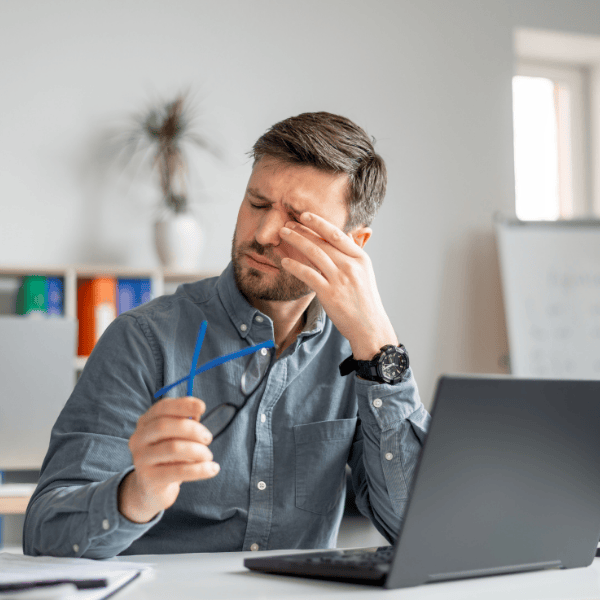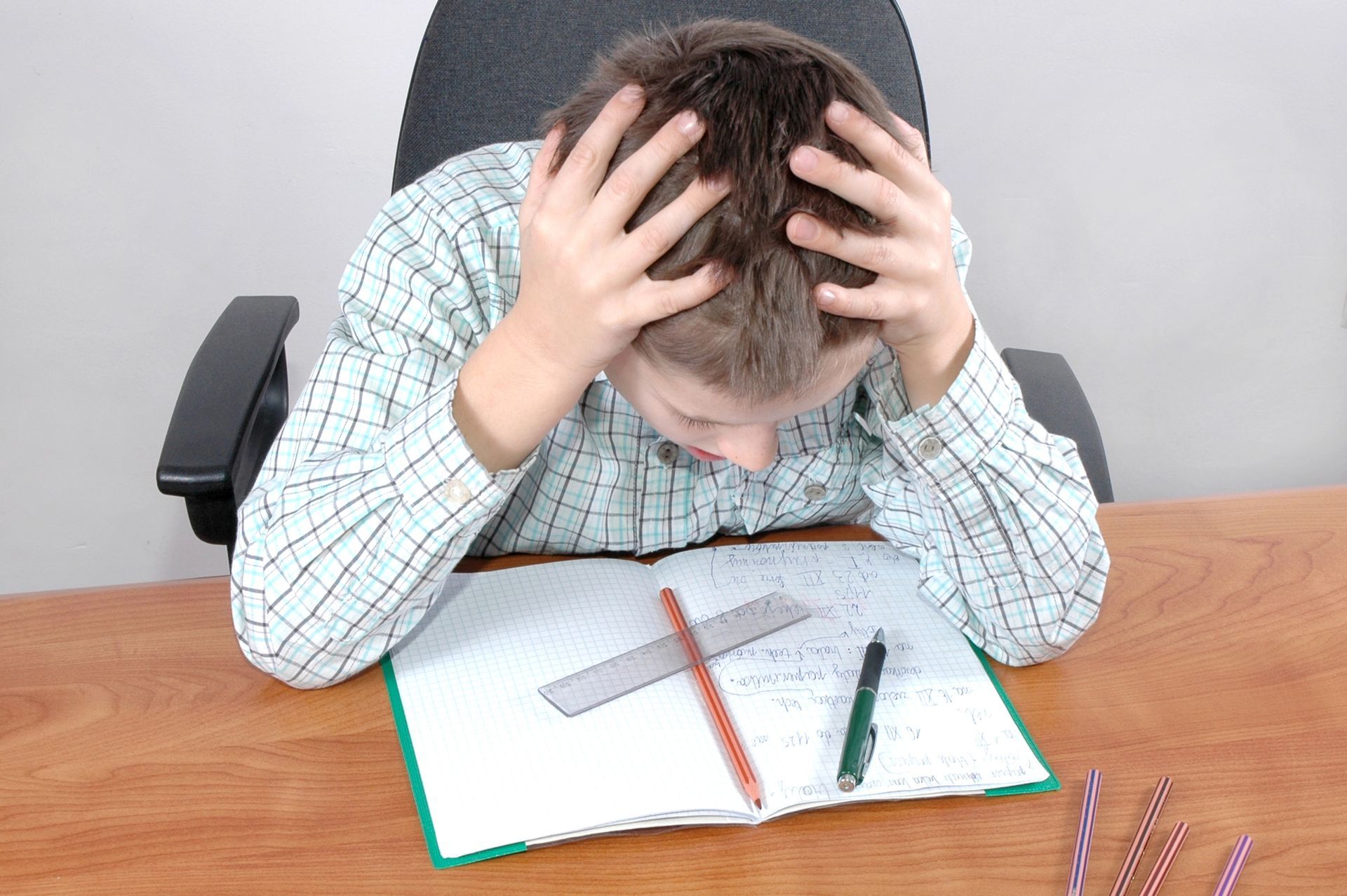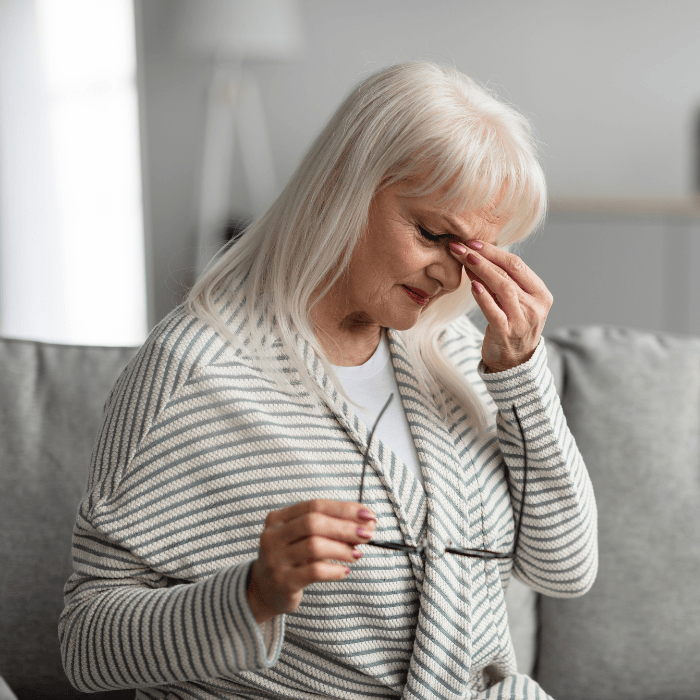Nearsightedness decreases with outdoor activity, according to study
Nearsightedness, or myopia, is a condition that causes distant objects to become blurry, requiring glasses or contact lenses for clear vision. Because it’s so common, we often get questions about what causes it, especially from parents who are concerned about their child’s rapidly increasing eyeglass prescription. Except for genetics, there have not been any clearly identifiable factors that have been shown to influence the development of myopia, until a recent study from Australia was published.
The Sydney Myopia Study was performed to assess the link between levels of myopia and outdoor activities. The study involved 1765 six year olds and 2367 twelve year olds. The split between girls and boys was almost equal. Ethnic background was separated into European, Caucasian, and East Asian. The results showed that there was a statistically significant decrease in the levels of myopia among the older children who spent more time outdoors. This result was found after correcting for genetics and other factors such as the amount of time spent reading or using a computer.
The exact reason for the link is not clear. It may be related to the different focusing conditions of the eye while performing outdoor activities such as sports. Or it may have something to do with a smaller pupil size under natural lighting conditions.
So now we have evidence to support the common parental concern of their children spending too much time indoors playing video games or watching TV. This is not because these activities directly damage vision, but because they likely take away from time outdoors playing sports or engaging in other activities. According to the Sydney Myopia Study this could lead to a greater dependence on corrective eyewear.
-Dr. W











